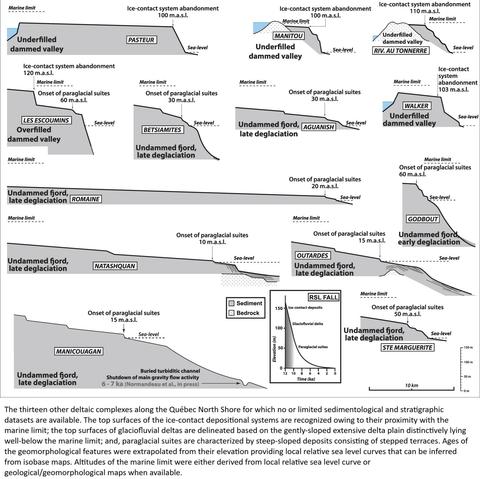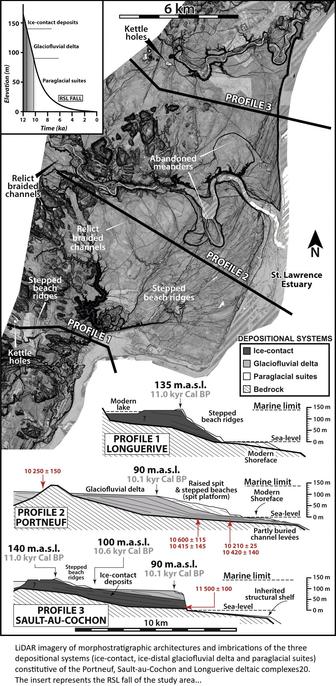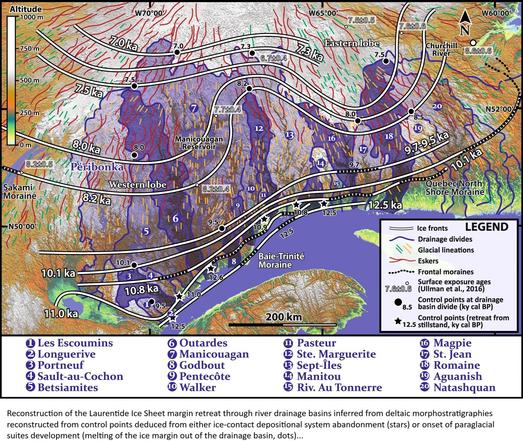Reconstructing Ice-Margin Retreat Using Delta Morphostratigraphy
--
https://doi.org/10.1038/s41598-017-16763-x <-- shared paper
--
[an older paper, but fascinating - and well presented, especially the images/figures]
#GIS #spatial #mapping #icemargins #ice #delta #morphostratigraphy #paleogeography #icesheet #glacier #glacial #icesheet #glacialretreat #geology #landform #geomorphometry #geomorphology #LiDAR #engineeringgeology #remotesensing #icecontact #fluvial #water #hydrology #erosion #distal #glaciofluvial #paraglacial #sediment #deposition #quebec #canada #LaurentideIceSheet #retreat #delta #drainage #physiography #Québec
#distal
SciTech Chronicles. . . . . . . . .Feb 13th, 2025
#gravitationally-warped #NGC-6505 #space-time #Euclid #Mediterranean #KM3Net #ARCA #ORCA #microbiome #fermented #proximal #distal #mutations #epigenetic #DNA #methylation #cytosine #Bioink #SCOBY #nanocellulose #hydrogel
A dynamical system with #memory with the ability to learn and adapt to its environment or to change it will need at most these three #control mechanisms:
1️⃣ The #internal immediate control (#regulation) of state variables essential for preserving the stability or #homeostasis of the system. This is a simple #reaction of the system to a perturbance, like, for example, sweating when the core temperature of the body increases beyond some preset margin.
2️⃣ The #proximal control of the surrounding environment is used when 1️⃣ is overwhelmed and there is a need for the coordinated engagement of different lower-level regulators, the #measurement (tracking), and negative #feedback control of multiple time-dependent variables like for example, when taking off layers of clothes, moving the body into a shade, or taking a cold shower until the temperature gets again within limits.
3️⃣ The #distal, long-term, open-loop control with delayed feedback is the highest form of control, like for example when building a house with an HVAC system that will remove the necessity for a continuous employment of proximal control (2️⃣) by creating a private controlled environment.
All #living systems feature this 3-layered control architecture, with the only difference being in what degree the activities on each level are the result of #conscious deliberation as opposed to a natural, innate behavior.



